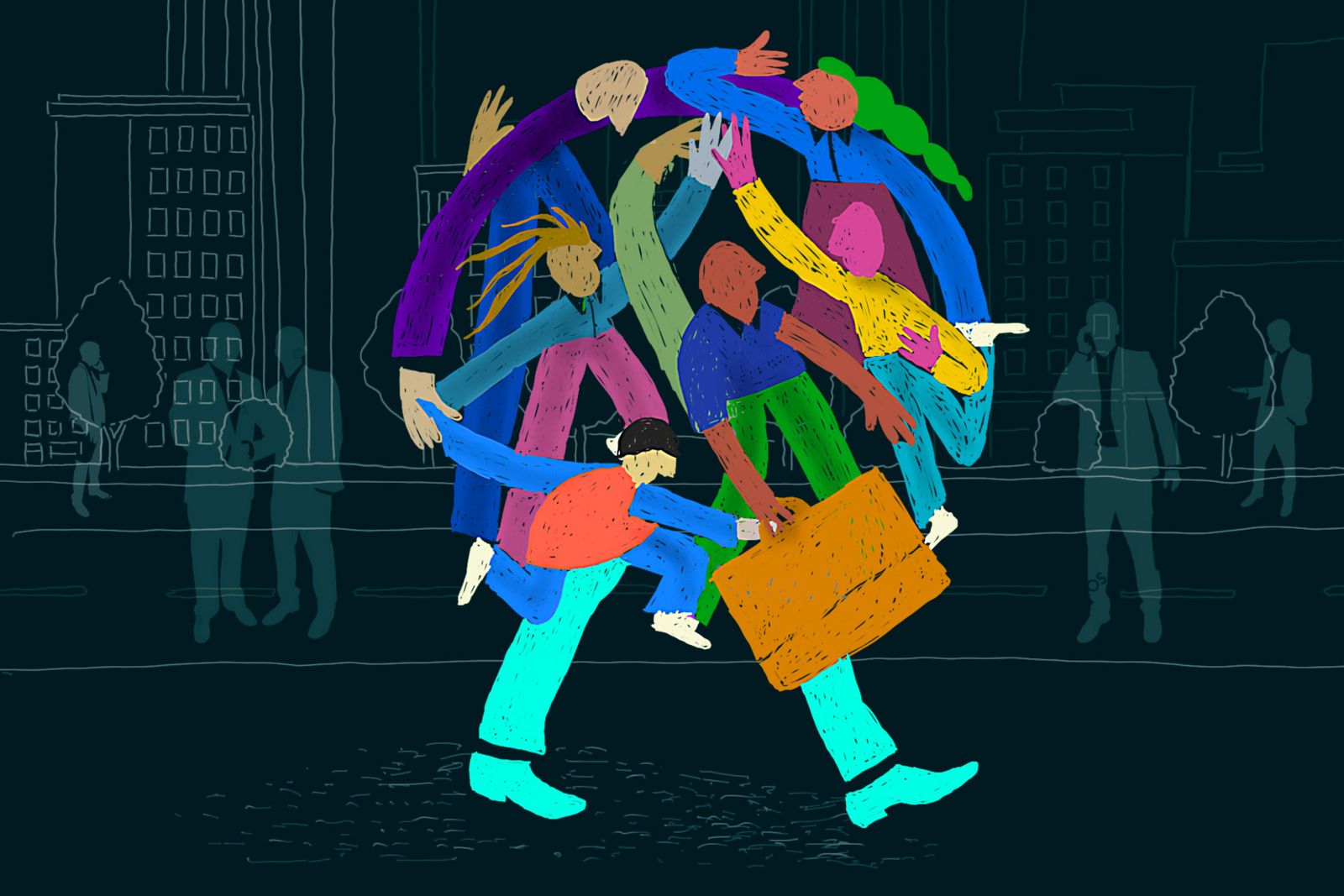Human rights organizations need reinvigoration. The varying, interconnected challenges and threats to rights alongside structural inequality within global networks make this abundantly clear. In response, some organizations have attempted to address these issues by revising frameworks and mandates, bolstering narrative change towards human rights, or refocusing the movement’s lens.
However, the drive for innovative outputs and projects seems to be confined to a select number of organizations based in the Global North, or even worse, only reserved for donor proposals and funding.
Openness and receptiveness to new ideas and ways of working are critical for non-profit organizations. Composed of non-executive and younger employees, a shadow board might provide an avenue to encourage new practices as it signals an encouragement for staff to rethink and reimagine ways of working, draws on young peoples’ experiences and creative mindsets, and supports a larger movement.
What exactly is a shadow board?
While far from being a silver bullet, a shadow board might provide a new practice for a movement seeking to make itself relevant and locally-led. Borrowed from the corporate world, a shadow board is defined as a group of non-executive and younger employees that works with senior executives on strategic initiatives. Sometimes called a ‘mirror board,’ it is often comprised of younger employees from various departments who are beyond the mid- and senior ‘star performers.’ A shadow board also seeks to maintain gender balance.
While there is no standard function, a shadow board essentially aims to provide insights, incubate ideas, encourage scrutiny, and challenge traditional ways of thinking in order to stay ahead of disruption.
Why a shadow board?
A shadow board encourages human rights practitioners to reimagine ways of working. It allows for internal rethink processes not to come from consultants or specialists, but from a specific demographic that might have a fresher and uninhibited point of view.
How we advocate, implement projects, promote reports, produce statements, and forge networks can all benefit from a little scrutiny especially from those not senior enough to be involved in the executive board meetings where these decisions are being made. It could be a playground for fresh methodologies and can alleviate organizations’ addiction to institutionalism and proceduralism.
Drawing on young peoples’ experiences and creative mindsets, a shadow board may also ease over-professionalization. Ultimately, a human rights narrative should be able to reach broad audiences. The use of technical language and expected ‘expertise’ in many rights organizations, however, seem to fuel hierarchy and has made it daunting for early-career employees to even suggest ideas to senior management or voice out a comment during a strategic planning session.
If what the human rights movement ultimately needs are new ways of working, a shadow board offers a space for creativity, free of pre-existing notions and judgement, even though it sounds a bit crazy at first.
Finally, the very establishment of a shadow board supports a larger movement. Nurturing the youth movement inside human rights organizations itself is imperative. With Generation Z increasingly a part of the workforce, organizations need to pay attention to these changemakers within their reach.
Almost all examples of implementing a shadow board are confined within for-profit-businesses—fashion, information technology, hospitality, paper and packaging, and audit and tax firms, to name a few. While the idea is new, it has certainly delivered dividends to these industries and revived what could have been dying business models.
Parallelly, with the myriad issues faced by civil society—shrinking civic space, rising authoritarianism, climate change, and a widening income gap, among many others—our advocacy models need re-imagination. There are nascent example of this: using stand-up comedy as dissent in India; tracking Russian oligarchs on Twitter; using data storytelling to raise awareness on Asian farmers; featuring coming out stories on Youtube (and hearing real responses from parents); producing hopeful art on climate change or the pandemic, using memes to raise human rights awareness; providing Ukraine updates on Reddit, the United Nations having a TikTok account; or even just making fun of ourselves. And who can forget when K-pop stans mobilized to ruin Donald Trump’s rally?
Ensuring its integrity
If the above ideas sound ridiculous or naïve to you, that’s exactly the kind of boomer mentality we all need to get rid of. A shadow board’s potential feedback and ideas, then, would need to be supported by management to realize what it could achieve. In some corporate organizations, CEOs play an active role within the shadow boards to achieve maximum impact. Similarly, senior leaders within the human rights field need to indicate its receptiveness to new ideas if they are to remain afloat. Without concrete support, a shadow board becomes self-defeating.
It goes without saying that younger employees who are in unpaid junior positions should be compensated. Young employees and the enormous potential for change they inherently possess must not be exploited, but rather encouraged, guided, and maintained in all possible ways. After all, it is in the human rights community’s best interest to employ all available tools and methods to effect meaningful change at large.

